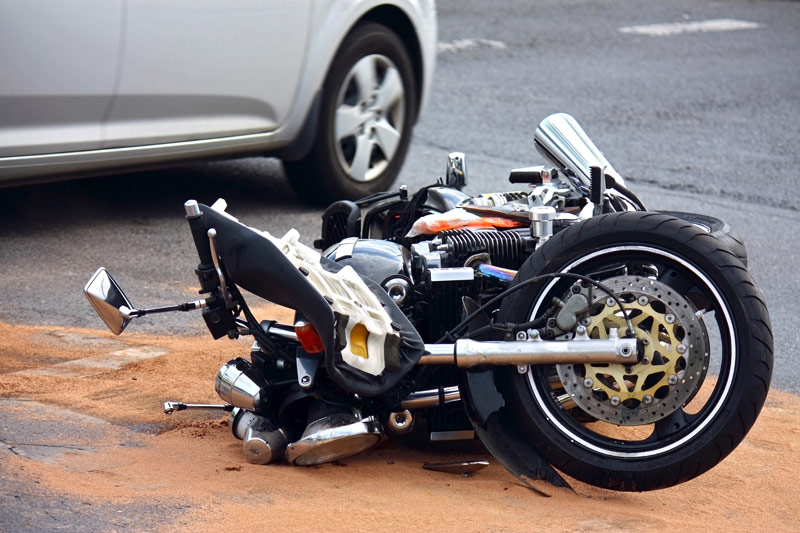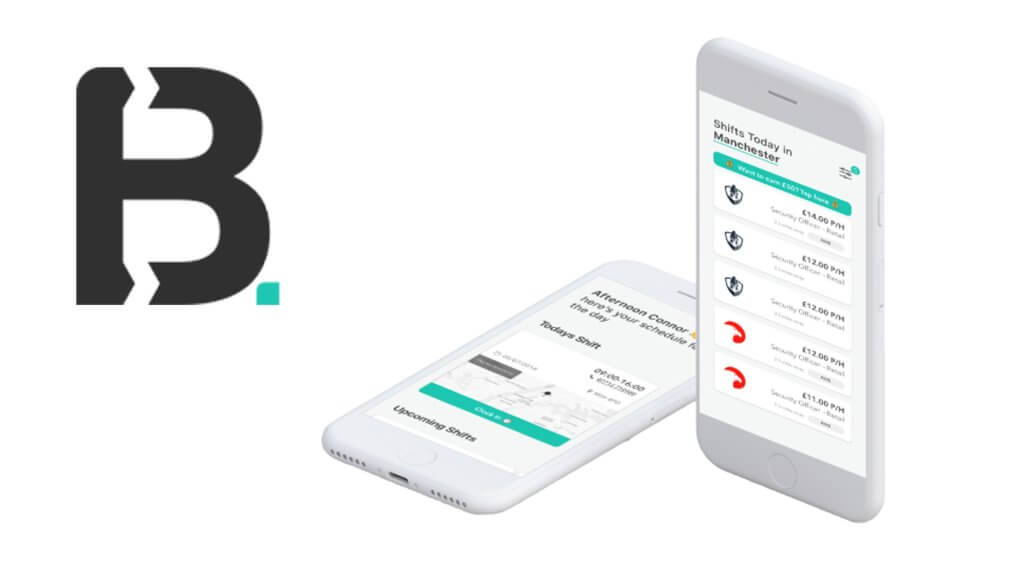
The number of motorcycle crashes in Washington is trending upward, as 2022 recorded 125 fatal crashes in the state, with 514 injured. Even though it’s not a motorcycle hub, Federal Way has also recorded hit-and-run cases and several fatalities. A crash of any magnitude can be highly debilitating. Hence, you must consult experienced motorcycle accident lawyers to help build your case and defend your rights. If you or a loved one was involved in a motorcycle crash, a Federal Way motorcycle accident lawyer could help you seek restitution.
Riding Rules and the Aftermath of Crashes
Riding License
In most states, Washington included, riders must be 16 years or older and possess proper licensing. Beyond the age requirement, riders must also:
- Demonstrate accurate vision – need to pass a vision test
- Understand general traffic rules – must have passed a written exam
- Know road rules – must have completed skill training
- Riders who follow the rules and take proper precautions can also be involved in crashes due to other riders/drivers. However, your legal team can easily prove that you followed all regulations, expediting your financial restitution process.
Helmet Laws
The law requires all riders and passengers to wear a helmet. It must meet the minimum standards set by federal and state regulators and be made of firm material that can withstand impact. It must also have a chin or neck strap to keep the helmet in place when the bike is in motion. Riders must also wear goggles and a face shield so their vision remains unimpeded.
If you do not have adequate protection, the at-fault driver can shift the blame onto you. However, an experienced attorney can defend your case regardless because a missing helmet alone does not counterpoise careless driver actions such as over speeding and drunk drinking.
Equipment Requirements
Washington requires all motorcycles to have functioning left and right rear view mirrors. Even if your state doesn’t have this mandatory stipulation, having a mirror with a view of at least 200 feet behind can dramatically increase road safety.
If you are riding a bike without mirrors and get in a crash with a vehicle, the accused may plead a matter of comparative negligence. Given that Washington follows ‘shared negligence’ laws, the judge may reduce your damage compensation based on the negligence you contributed to the crash. That’s why always riding a bike fitted with mirrors is recommended.
Motorcycle-Specific Traffic Laws
Besides the mandatory laws for all vehicles, riders must also follow specific guidelines. For example, riders can only pass other vehicles on the right if there is a designated lane. Motorcyclists must use their headlights at all times, even during daylight hours.
Lights on the Bike
Motorcycle lighting rules vary, but all the states mandate riders to ensure their bikes have operational lights after sunset. These laws protect the riders and vehicle drivers on the road, improving visibility and reducing the risk of crashes.
Rules vary by state regarding the colours of the lights and turn signals. Some states require the tail lights to be red, while others require yellow. In most states, operators are prohibited from installing flashing lights, a feature reserved for police riders. If found guilty of using flashing lights, the law may interpret that as an attempt to impersonate an officer.
Generally, the headlights must be visible for up to 200 feet away. Backlights must be visible from at least 500 feet away. Some states make it illegal to buy or sell motorcycles that don’t have compliant lighting.
What to Do After a Motorcycle Accident
Get medical help
Getting to a safe spot as soon as possible is essential. Get away from the crash site and call for first aid. If no emergency responders are in sight, dial 911. If you’re in the middle of the road, get to the side. The medical lane is the designated area for emergency stops on the interstate. This is crucial because oncoming traffic can cause more hazards.
Document the scene
After a thorough medical check on-site, document the scene and take videos from every angle. Take pictures of your bike and its condition on the road. Take photos of the vehicle that hit you. Ensure to get all the dents and scratches. Some helpful additional to capture would be street names and signs. Don’t underestimate the importance of contextual information.
Acquire Information of the Other Party
Get the license, registration, and insurance details of the other party involved in the crash. This information is crucial for your legal team to process the restitution claim. If there were bystander witnesses, request their phone numbers and addresses, so your team could get in touch if the case goes to trial. Witness testimony can often make/break cases.
Call a lawyer
Once you’ve received adequate medical care, consult a lawyer to discuss your options. Give them all the information you’ve collected, and be honest about the context of the incident. Their legal advice will hinge on the information you provide. Misrepresenting the facts can derail your case down the road and end up with you incurring debt. Hence, it’s best to be forthcoming with your legal aid, as they must represent you once you’ve signed the contract.





















